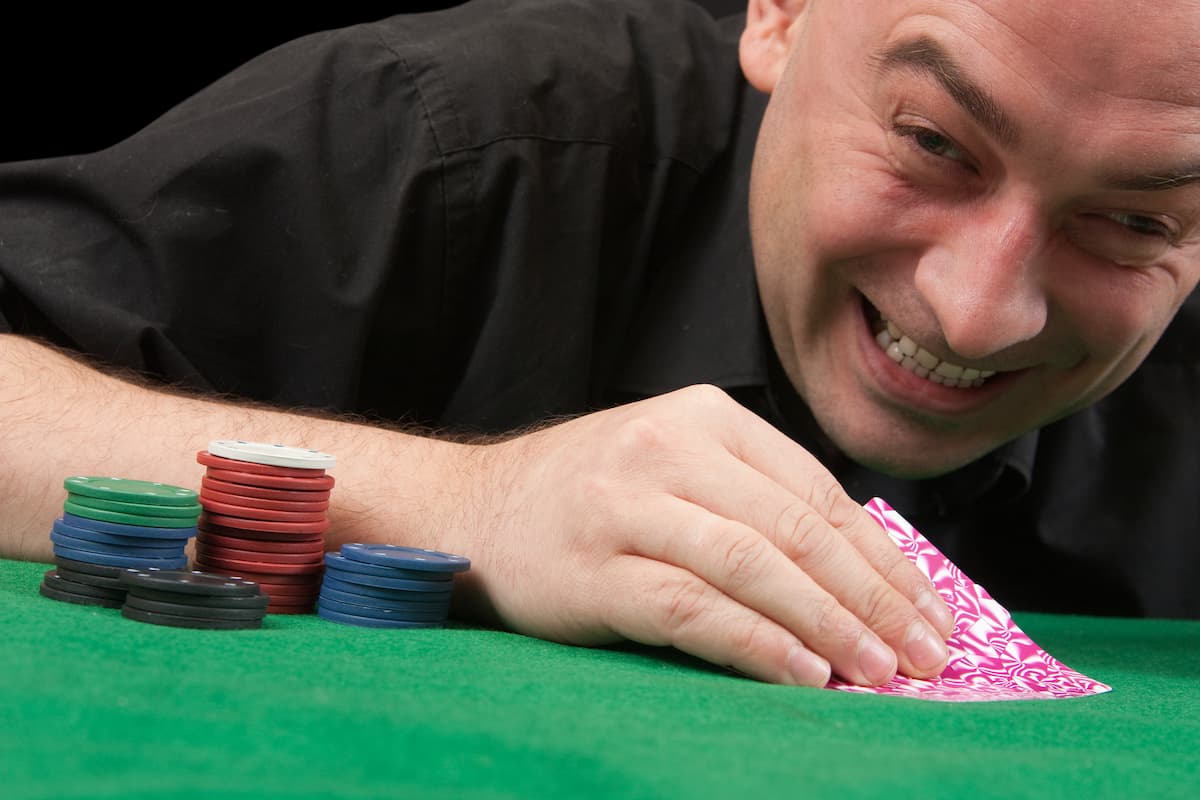Equity denial refers to a common poker strategy where you aim to prevent your opponent from realizing the full potential of their hand equity. Denying equity enables you to minimize losses from powerful draw holdings your opponent may possess. Let’s explore this critical poker concept in depth.
What Does Equity Denial Mean?
When your opponent holds a strong draw hand like a flush or straight draw, they have a certain percentage chance to hit and make their hand based on the number of outs. This is their equity.
Equity denial means you take actions to prevent them from seeing additional cards cheaply and realizing that equity when it’s there. Making them pay maximum price reduces how often their equity pays off.
Why Deny Equity?
There are a few key reasons you want to deny your opponent’s equity. Firstly, denying equity avoids paying your opponent off massively on later streets when they do happen to hit powerful draws like flushes or straights. If you let them see free turns and rivers, anytime they hit you lose a bloated pot.
Secondly, aggressively denying equity enables you to fold out speculative hands that have reasonable equity. Made hands only have around 30-40% equity versus strong flush and straight draws. By betting big, you force these draws to often fold instead of realizing that equity when they spike later on.
Finally, relentlessly denying equity puts maximum pressure on your opponents by forcing them to continue calling large bets or shoving stacks. This pressures weaker ranges to release equity.
How Can You Deny Equity?
You have several options to deny your opponents equity. Overbetting very large on the flop or turn charges maximum price to continue chasing draws. Firing multiple aggressive barrels forces them to pay high bets each street if they want to see more cards. Check-raising draws takes charge of the action rather than slow-playing when you also have equity. Value betting thinner than normal also denies equity by applying pressure.
Balancing Equity Denial
You can’t exclusively focus on denying equity every time though. Balancing equity denial bets by checking some strong made hands is important. This allows you to maximize value when opponents bluff or value bet into you.
Mix up equity denial with pot controlling tactics to stay unpredictable. Imbalance gets exploited.
Equity Denial Narrows Opponent Ranges
Another benefit of equity denial is that it narrows your opponent’s perceived range as the hand goes on. If they call your flop and turn equity denial bets, you can remove bluffs and decide if their remaining holdings warrant further action.
Denial vs Maximizing Value
Sometimes strictly denying equity costs more value long-term than letting opponents continue with draws. There is a balance between charging draws and thin value betting vulnerable made hands.
Use your judgement on texture, field size, opponent type and pot odds to determine the EV maximizing line. It’s not always all about equity denial.
Understanding equity denial concepts gives you a powerful weapon. But remember to balance your strategies. Intelligently deny equity in spots where letting your opponent realize equity costs you the most long-term.




